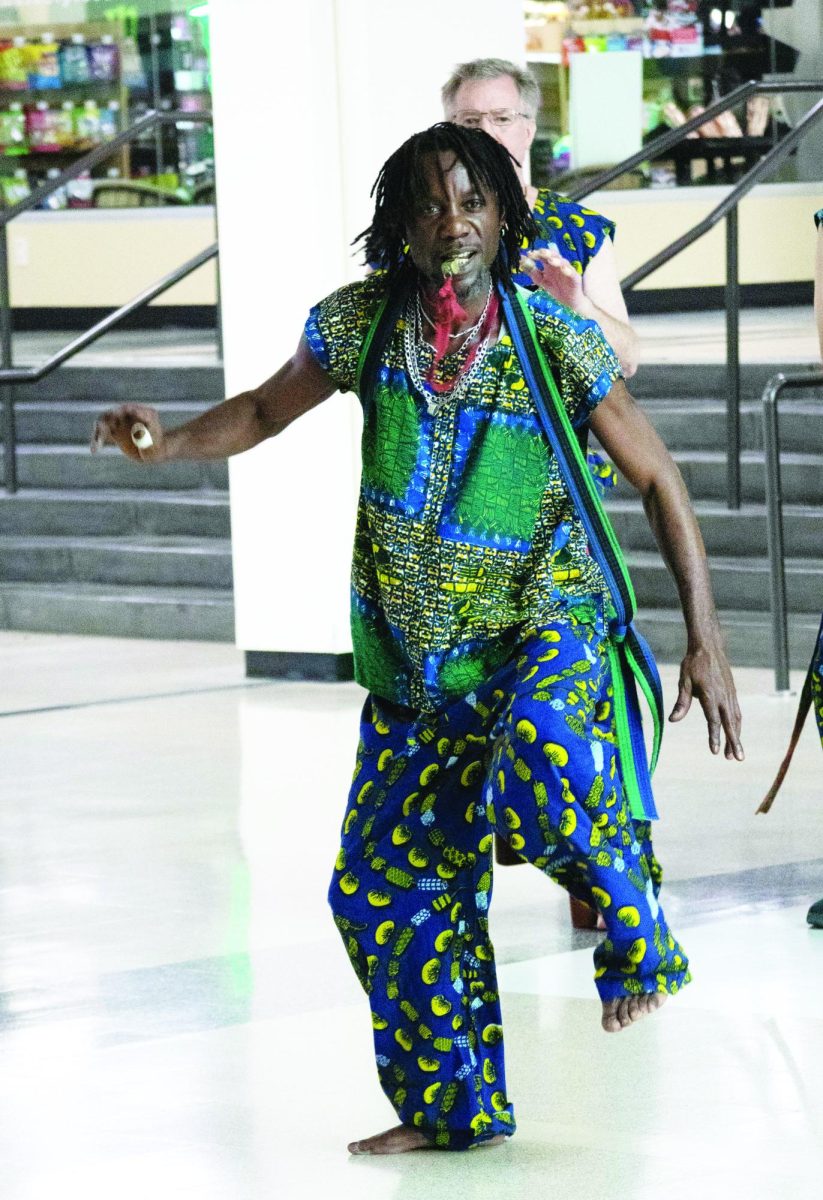
February has always been a month associated with love and romance. Across the world and the United States, Feb. 14 is a day dedicated to give candy, flowers and other gifts to a loved one all in the name of St. Valentine.
Though it is hard to know exactly where or when the tradition of Valentine’s day began, there are things that hint that it could be of both Christian and ancient Roman traditions.
“Although the truth behind the Valentine legends is murky, the stories all emphasize his appeal as a sympathetic, heroic and–most importantly–romantic figure,” The History Channel said in an article about the mystery of Saint Valentine.
The tradition of sending cards, flowers, chocolates and other gifts on Valentine’s Day originated in the UK, and it still is linked to regional customs in England.
After Christmas, Valentine’s Day is the second most popular card sending holiday. “Approximately 150 million Valentine’s Day cards are exchanged annually,” according to History.com.
In some Latin American countries Valentine’s Day is known as “el día de los enamorados” which translates to day of lovers. In other countries in Latin America, it is also referred to as “el día del amor y la amistad” which means the Day of Love and Friendship. It is normal to see people perform acts of appreciation or kindness for their friends and family.
Brazil and Colombia are a few countries that celebrate their version of Valentine’s Day on a different date. Brazil celebrates Dia dos Namorados (literal “Lovers’ Day”, or “Boyfriends’/Girlfriends’ Day”) on June 12. On this day, many single women perform traditionally, popular rituals, called simpatias, in order to find a good husband or boyfriend. Colombia celebrates their version of Valentine’s day on the third Saturday in September.
In Spain, it is known as “San Valentín,” and there isn’t much difference of how it is celebrated than how it is done in the UK, but it is not celebrated in Catalonia.

In China, Valentine’s Day is called lovers’ festival. The “Chinese Valentine’s Day” is also know as the “Qixi Festival” and is celebrated on the seventh day of the seventh month of the lunar calendar. The romantic legend behind this celebration talks about two lovers, Zhinü and Niulang, who were the weaver maid and the cowherd, respectively. In the legend, the two lovers were only allowed to be together on that day. The earliest-known reference to this myth goes back more than 2600 years.

International Business Times reported that in the Philippines something that has become more popular has been mass wedding celebrations. In 2013, there were approximately 4,000 people who got married in a Valentine’s Day mass wedding ceremony.
All over the world, this day is celebrated in an array of ways. In different countries, it may be named something different. But everywhere it is celebrated, the idea is similar: Sharing of love toward friends and family is universal.

















